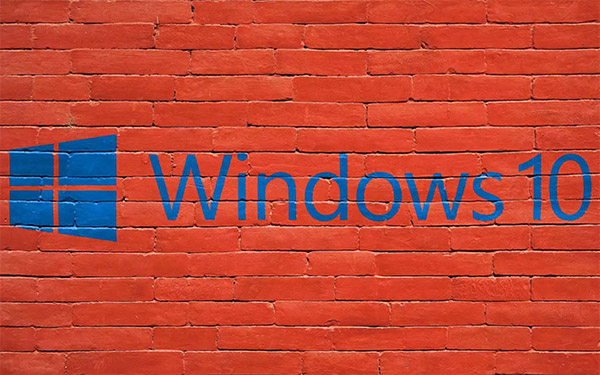Steps to fix corrupted Registry in Windows 10
If there's a problem with the Windows Registry, you might get an error like this:
- Windows could not start because the following file is missing or corrupt:WINNTSYSTEM32CONFIGSYSTEM
- Stop 0xc0000218 (0xe11a30e8, 0x00000000, 0x000000000, 0x00000000) UNKNOWN_HARD_ERROR
- System hive error
There are other variations of Registry errors, often including terms like 'CONFIG', 'Stop 0xc0000218' or 'hive error' . No matter what error message you get, the steps to fix a corrupted Registry in Windows 10 are basically the same.
What causes Windows Registry errors?
Registry errors are most likely to occur when the computer is shutting down. Possible causes of Windows Registry errors include:
- Power failure or unexpected shutdown
- Corrupt system files File
- Viruses and other malware
- Hardware error
The Windows Registry contains configuration settings for all of your computer's hardware and software. Whenever you install something new, its values and keys are stored in the Registry. You can view and edit entries in the Windows Registry Editor.
A corrupted Windows Registry can make your computer unable to restart, shut down, or start up. If you see a Registry error message, resolve it as soon as possible to avoid damage to the device.

How to fix Registry errors?
Here is a list of things you can try to fix the Windows Registry, from the simplest and most likely to work to more advanced fixes.
Step 1. Run the Windows Error Checking tool . This tool scans the hard drive for bad sectors and fixes them automatically when possible.
Step 2. Run the command SFC /scannow . Enter this command into the Command Prompt to scan for corrupted Windows system files and repair them.
Step 3. Use a Registry cleaner . These types of programs can fix Registry problems that the built-in Windows tools cannot.
Step 4. End all processes before shutting down . Some running processes can cause conflicts when your PC shuts down, so close all running programs and processes first, if your computer doesn't shut down or restart.
Step 5. Quit overclocking . If you have overclocked your CPU to enhance the performance of your computer, it may cause problems during shutdown.
Step 6. Review Windows 10 Event Viewer . If you see event ID 9, 11 or 15 in the system event log, you may have a major hardware issue that needs addressing.
Step 7. Restore the computer to its previous state . If you've already set up a system restore point, go back to the time before the error started.
Step 8. Update Windows BIOS . Your computer's basic input/output system (BIOS) is essential to properly booting Windows. It usually updates automatically, but you may need to update it manually if any important files are damaged.
Step 9. Reset your Windows 10 PC . If none of the steps above worked and your operating system is unrepairable, use the Reset This PC feature to reinstall Windows. You have the option of Refresh your PC , which will keep your files (photos, music, etc.) or Reset your PC , which will restore your PC to factory settings.
How to Restore Registry in Windows 10?
If you have previously backed up your Windows Registry, you can restore the Registry completely. Registry backup files end with the REG file extension. Just open it to start the process.
Backing up the Registry is highly recommended, as you won't lose all your files in the event of a Registry error.
How to repair broken Windows 10?
The Registry isn't the only thing that can get corrupted on your computer. Many of the steps above should work to fix any corrupted files. If you have problems with a particular file, try changing the file format or using file editing software. If you are having problems with the entire operating system, the best way is to refresh or reinstall Windows.
 Steps to use Event Viewer in Windows 10
Steps to use Event Viewer in Windows 10 How to extract VMDK virtual disk file on Windows
How to extract VMDK virtual disk file on Windows How to check screen resolution in Windows 10
How to check screen resolution in Windows 10 Steps to set up VPN on Windows 10
Steps to set up VPN on Windows 10 Steps to remove installed apps from Store on Windows 10
Steps to remove installed apps from Store on Windows 10 How to add 'Edit or Run with' to the right-click menu of PS1 files
How to add 'Edit or Run with' to the right-click menu of PS1 files